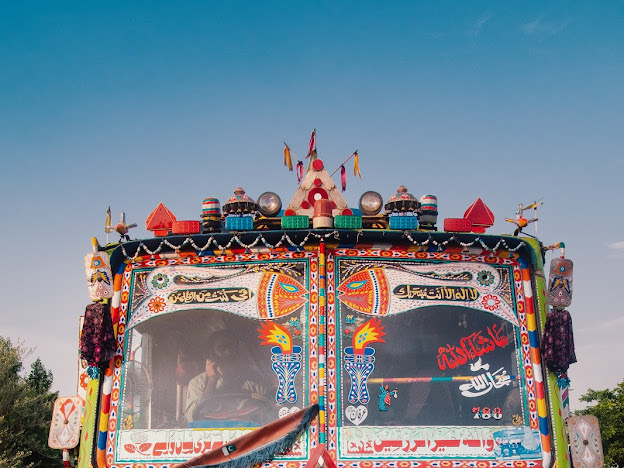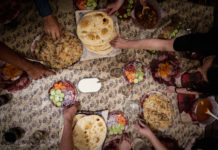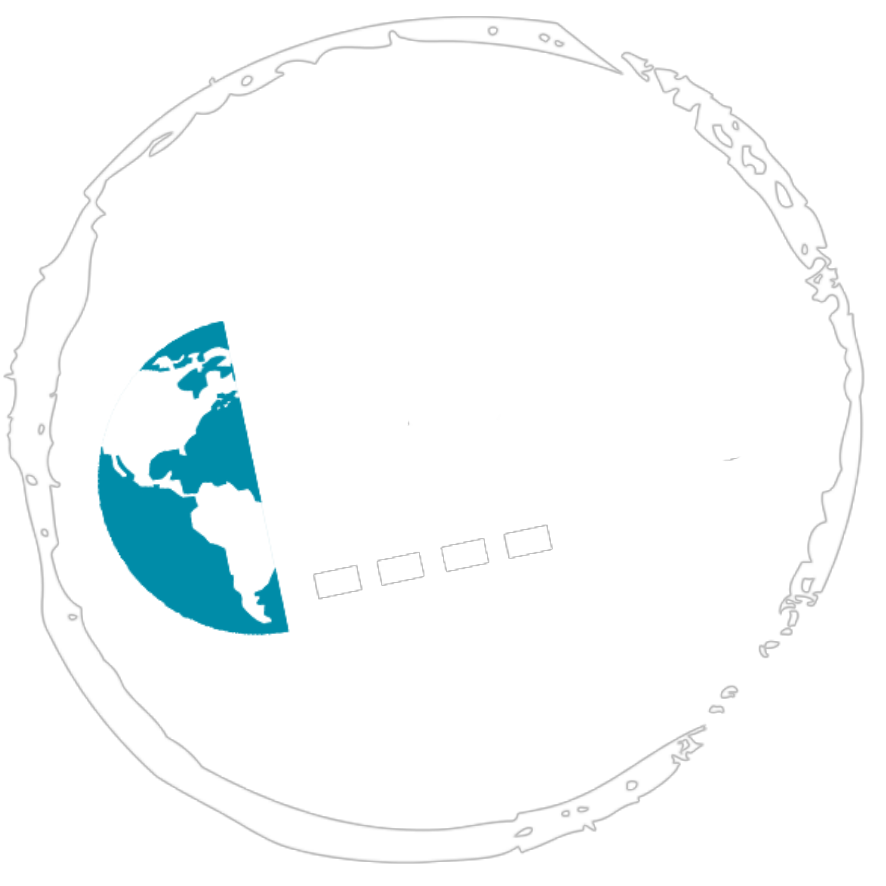Pakistan is a country with a rich linguistic heritage, with over 60 different languages spoken throughout the country. Despite the official language being Urdu, Pakistan has a diverse linguistic landscape with a range of regional and ethnic languages that reflect the country’s cultural and historical heritage. Here are some of the key points about language diversity in Pakistan:
- Urdu and English are the official languages: Urdu is the national and official language of Pakistan, but English is also an official language and widely used in government, education, and the media.
- Regional languages: Pakistan has a wide variety of regional languages, with the most widely spoken being Punjabi, Sindhi, Pashto, Balochi, and Saraiki. These languages reflect the cultural and historical heritage of the different regions of Pakistan.
- Ethnic languages: Pakistan is home to a diverse range of ethnic groups, each with their own languages. These include languages such as Brahui, Burushaski, and Shina.
- Sign language: Pakistan also has its own sign language, known as Pakistan Sign Language, which is used by the deaf and hard of hearing community.
- Multilingualism: Pakistan is a multilingual country, with many people speaking more than one language. This is particularly true in urban areas, where people are exposed to a variety of languages through education, media, and daily interactions.
- Language as a symbol of identity: The use of language is also important in terms of identity. People often identify with their mother tongue, and the use of a particular language can be seen as a symbol of ethnic or regional identity.














